SACRAMENTO, Calif., U.S.: The use of dental amalgam contributes to mercury pollution and poses an environmental threat to ecosystems. In accordance with the regulation on the installation of dental amalgam separators published by the U.S. Environmental Protection Agency (EPA), the California Dental Association (CDA) has recently urged dental facilities to install an amalgam separator in their offices. Facilities that can certify that they do not place or remove dental amalgam, except under limited circumstances, are exempt from this rule.
The EPA’s rule, which was published in June 2017, is aimed at reducing mercury release into the environment. Most dental offices discharge mercury into publicly owned treatment works, which means that it eventually ends up in rivers, lakes, bays and the ocean. Amalgam separators are intended to capture mercury before it is discharged into sewers and will guarantee the proper recycling and disposal of mercury. The device must be installed by July 14, 2020.
The EPA rule requires dental facilities to collect all waste amalgam and disallows the use of line cleaners that have a pH value of between 6 and 8, are acidic or contain oxidizing agents. Waste amalgam includes amalgam found in chairside traps, screens, vacuum pump filters, instruments or collection devices. Additionally, the amalgam separator must be compliant with the American National Standards Institute/American Dental Association specification No. 108 for amalgam separators (2009) with technical addendum (2011), the International Organization for Standardization 11143 standard (2008), or subsequent versions that require amalgam separators to reach 95% removal efficiency or higher.
Dental facilities are responsible for regularly inspecting and maintaining amalgam separators and should follow the manufacturer’s instructions. For those who need compliance assistance, the CDA has published a Q&A resource for its members in which it details key dates, specifications and required documentation.
Dental facilities that had installed amalgam separators by June 14, 2017, are required to replace their separators by June 14, 2027. The EPA regulation does not apply to mobile units or offices where only one dental specialty is practiced. This includes oral pathology, oral and maxillofacial radiology, oral and maxillofacial surgery, orthodontics, periodontics and prosthodontics.
Tags:
SHEFFIELD, UK: Infective endocarditis (IE) is a potentially life-threatening heart infection that is caused by dental bacteria in around a third of cases. A...
WASHINGTON, US: The American Dental Association (ADA) and 19 other healthcare associations have urged US lawmakers to confront problems facing the domestic...
VIENNA, Austria: It is a matter of urgency that dental practices resume providing the full spectrum of oral care, according to the president of the European...
BRASILIA, Brazil: When planning primary oral health care services, the cost implications of adopting new intervention practices are important. Despite the ...
PHILADELPHIA, US: A new advisory paper calls on dental professionals to recognise their pivotal role in identifying and supporting those who have suffered ...
LONDON, UK: After a year-long inquiry, the All-Party Parliamentary Group on Beauty, Aesthetics and Wellbeing (APPG) has released a report on the regulatory ...
GENEVA, Switzerland: The second meeting of the Conference of the Parties (COP2) to the Minamata Convention on Mercury was held at the International ...
STRASBOURG, France: Amalgam is the restorative material of choice for many dentists. It is the gold standard of dental care. However, its popularity has ...
LEEDS, England: A new study exploring the disparities in access to National Health Service (NHS) dental care across different neighbourhoods in England has ...
I know this subject is scary and most of you don’t even want to think about producing video as part of your Internet marketing program. It’s ...
Live webinar
Mon. 22 December 2025
1:00 pm EST (New York)
Live webinar
Mon. 12 January 2026
9:00 am EST (New York)
Prof. Judith Jones D.D.S; M.P.H., Prof. Kakuhiro Fukai D.D.S., Ph.D, Dr. Bathsheba (Bethy) Turton
Live webinar
Wed. 14 January 2026
12:00 pm EST (New York)
Dr. Théo Laplane, Dr. Robert Gottlander DDS
Live webinar
Fri. 16 January 2026
12:00 pm EST (New York)
Live webinar
Mon. 19 January 2026
1:00 pm EST (New York)
Philipp Kopp, Michael Seeber
Live webinar
Thu. 22 January 2026
2:00 pm EST (New York)
Dr. Nicola M. Grande DDS, PhD
Live webinar
Wed. 28 January 2026
8:00 am EST (New York)



 Austria / Österreich
Austria / Österreich
 Bosnia and Herzegovina / Босна и Херцеговина
Bosnia and Herzegovina / Босна и Херцеговина
 Bulgaria / България
Bulgaria / България
 Croatia / Hrvatska
Croatia / Hrvatska
 Czech Republic & Slovakia / Česká republika & Slovensko
Czech Republic & Slovakia / Česká republika & Slovensko
 France / France
France / France
 Germany / Deutschland
Germany / Deutschland
 Greece / ΕΛΛΑΔΑ
Greece / ΕΛΛΑΔΑ
 Hungary / Hungary
Hungary / Hungary
 Italy / Italia
Italy / Italia
 Netherlands / Nederland
Netherlands / Nederland
 Nordic / Nordic
Nordic / Nordic
 Poland / Polska
Poland / Polska
 Portugal / Portugal
Portugal / Portugal
 Romania & Moldova / România & Moldova
Romania & Moldova / România & Moldova
 Slovenia / Slovenija
Slovenia / Slovenija
 Serbia & Montenegro / Србија и Црна Гора
Serbia & Montenegro / Србија и Црна Гора
 Spain / España
Spain / España
 Switzerland / Schweiz
Switzerland / Schweiz
 Turkey / Türkiye
Turkey / Türkiye
 UK & Ireland / UK & Ireland
UK & Ireland / UK & Ireland
 Brazil / Brasil
Brazil / Brasil
 Canada / Canada
Canada / Canada
 Latin America / Latinoamérica
Latin America / Latinoamérica
 USA / USA
USA / USA
 China / 中国
China / 中国
 India / भारत गणराज्य
India / भारत गणराज्य
 Pakistan / Pākistān
Pakistan / Pākistān
 Vietnam / Việt Nam
Vietnam / Việt Nam
 ASEAN / ASEAN
ASEAN / ASEAN
 Israel / מְדִינַת יִשְׂרָאֵל
Israel / מְדִינַת יִשְׂרָאֵל
 Algeria, Morocco & Tunisia / الجزائر والمغرب وتونس
Algeria, Morocco & Tunisia / الجزائر والمغرب وتونس
 Middle East / Middle East
Middle East / Middle East




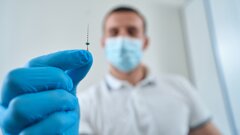






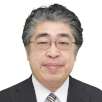

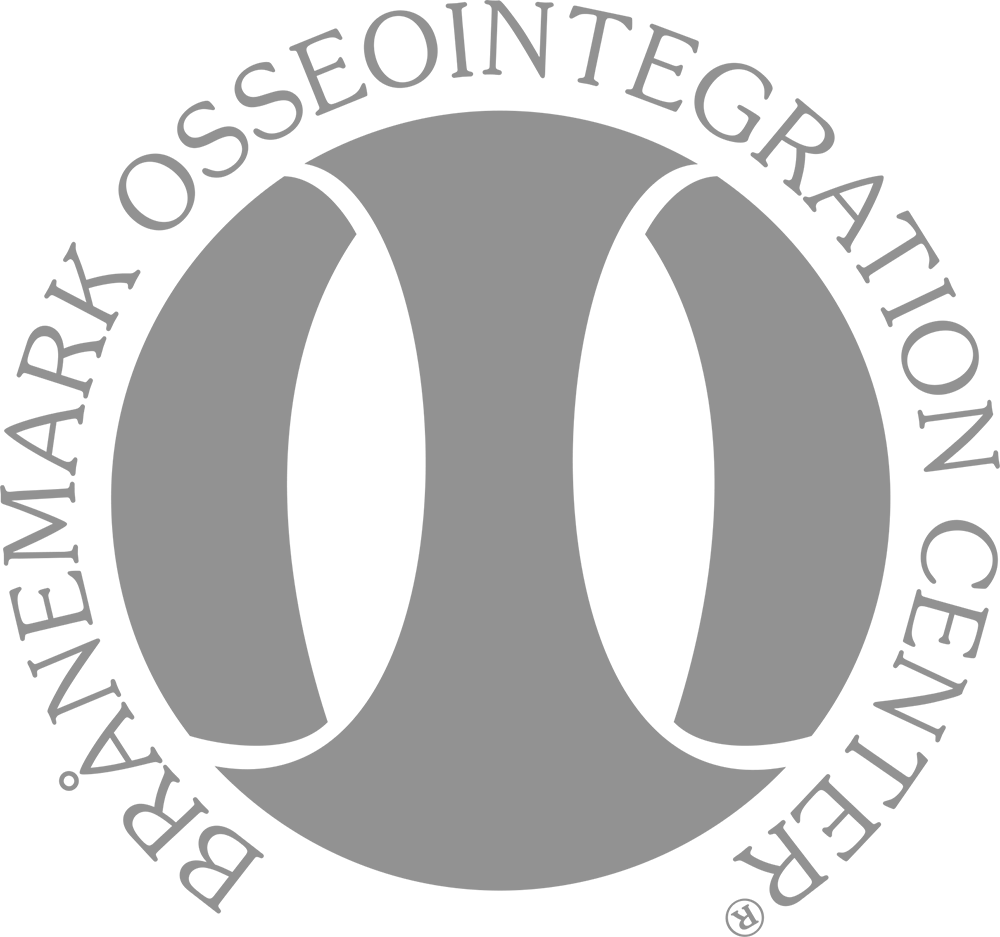









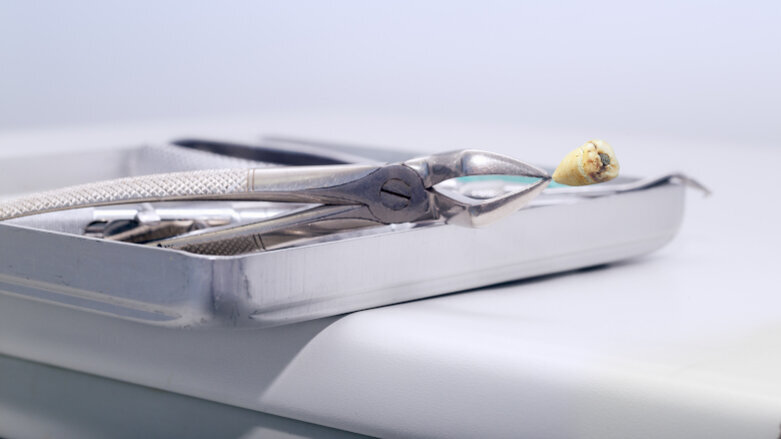



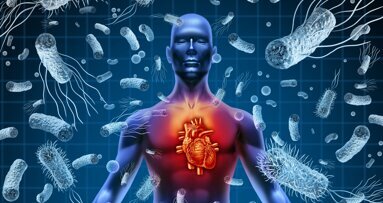


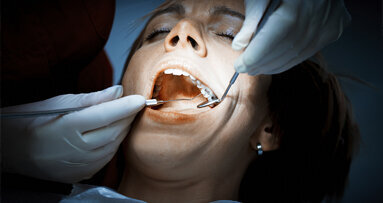



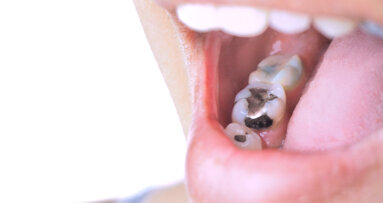












To post a reply please login or register